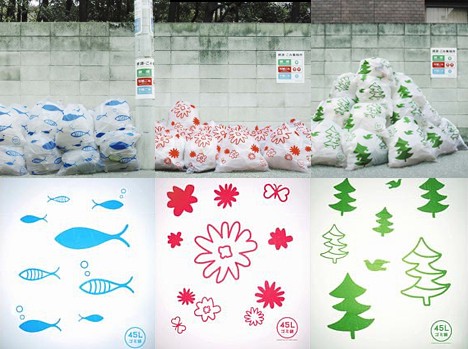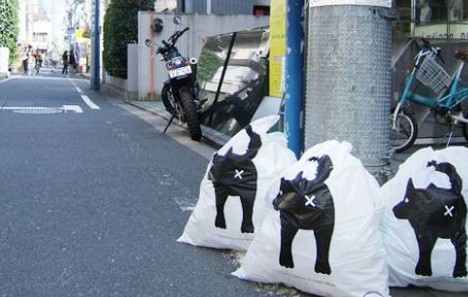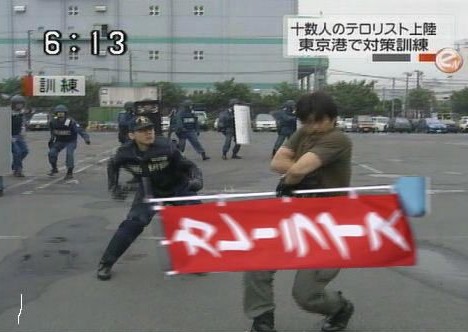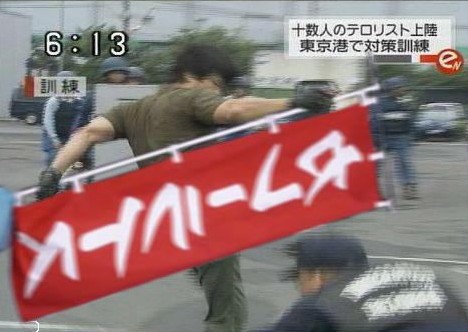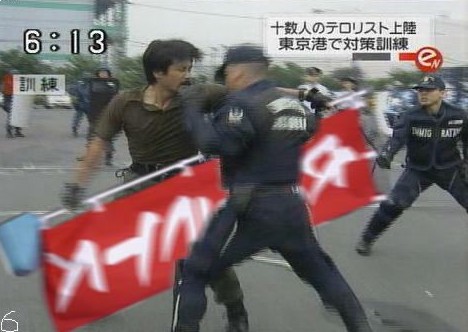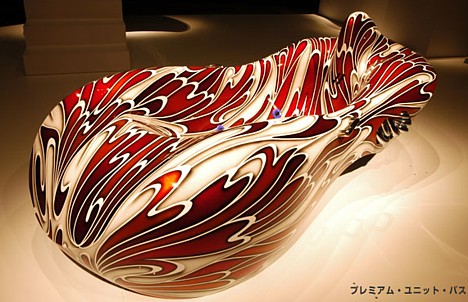
(Premium Unit Bath)
Artist Tetsuya Nakamura?s Premium Unit Series of curvaceous, luxury bathroom fixtures -- a tub, a pair of sinks, a step designed for insertion into a stairwell, and a decorative column -- are sculpted from fiber-reinforced plastic and painted with colorful, fluid patterns meant to evoke a sense of speed. Nakamura, who created the Premium Unit Series with the DIY-er in mind, encourages the purchaser to add his or her own custom paint job, body modifications and part upgrades, despite the 3 million yen ($26,000) cost of the tub and 1.5 million yen ($13,000) price tag on each of the other items. According to the accompanying disclaimer, Nakamura's heavy emphasis on form -- and relative disregard for function -- means bathers should enter the tub at their own risk, as the artist and dealer assume no responsibility for injuries or accidents that may occur.
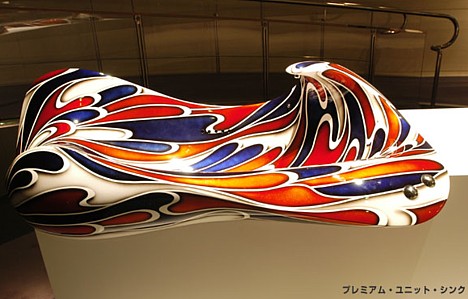
(Premium Unit Sink)
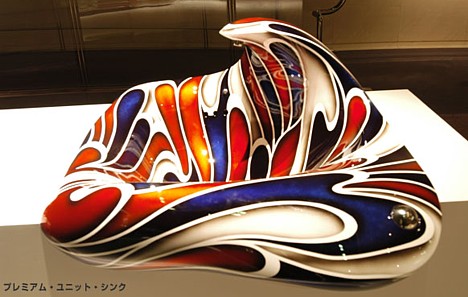
(Premium Unit Sink)
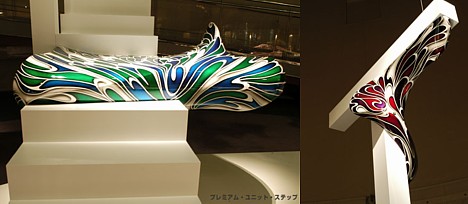
(Premium Unit Step/Premium Unit Pillar)
[Link: Nippon Style]

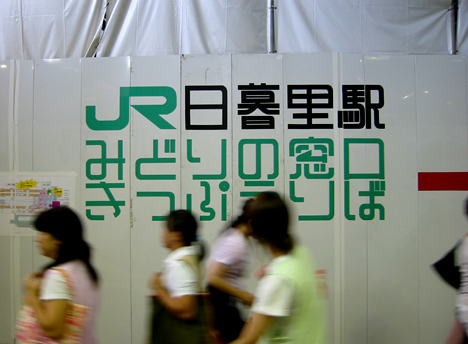
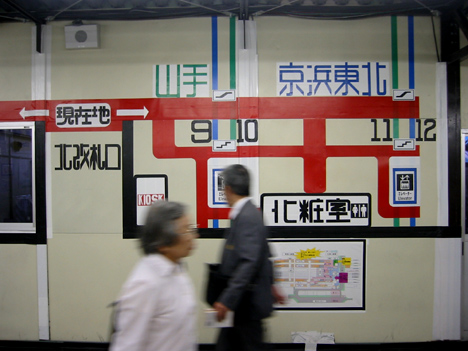
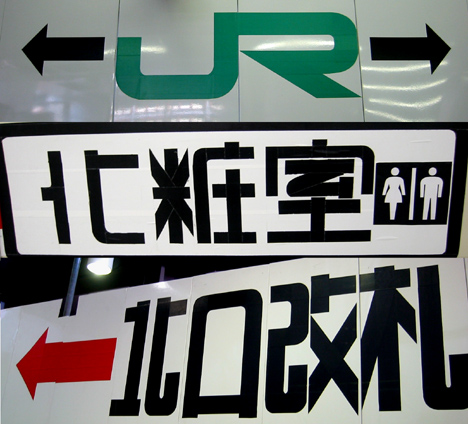
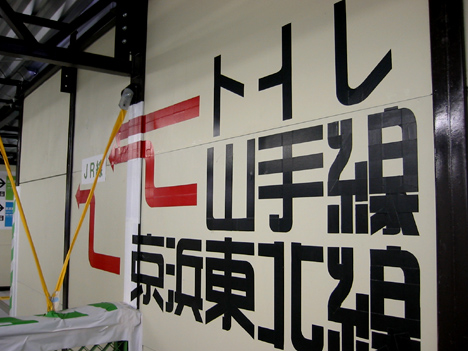
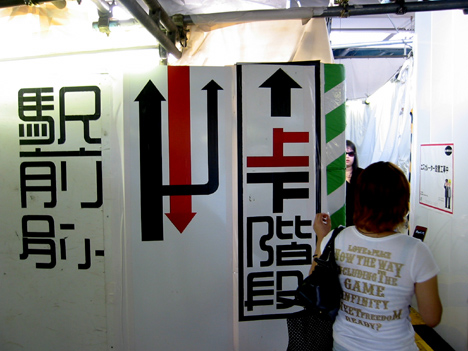
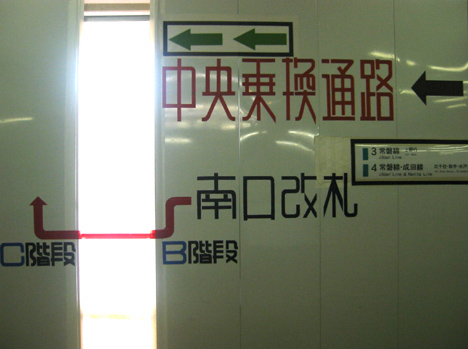
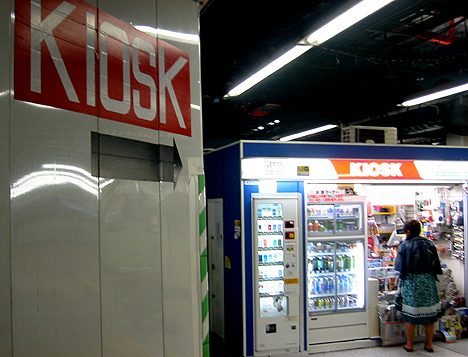
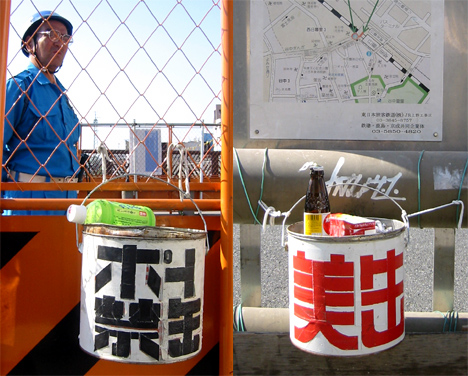
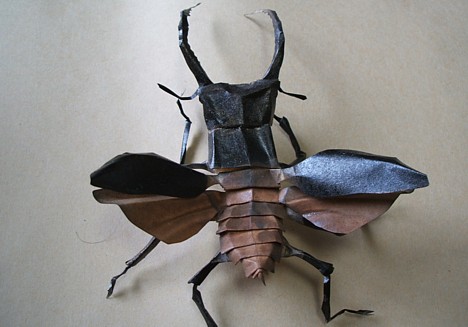
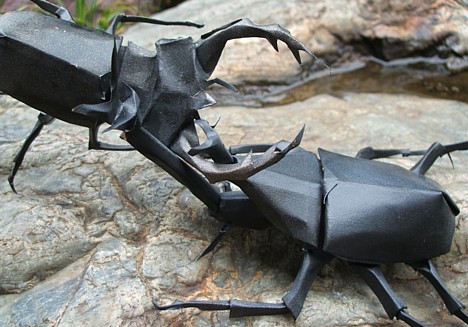
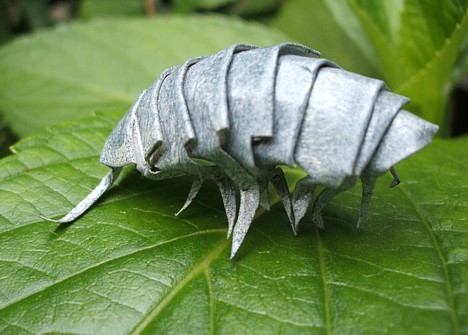
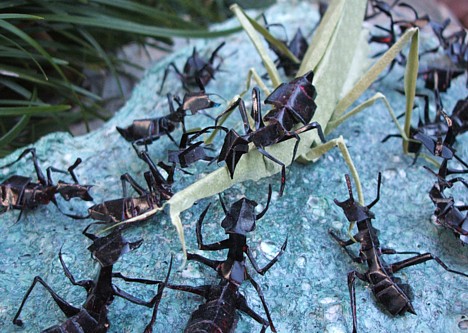
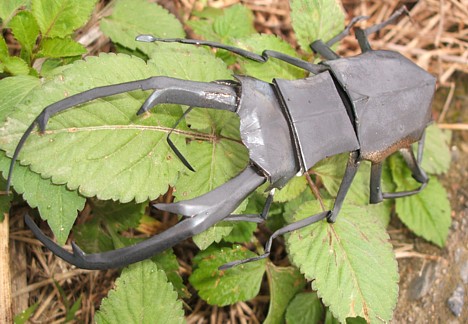

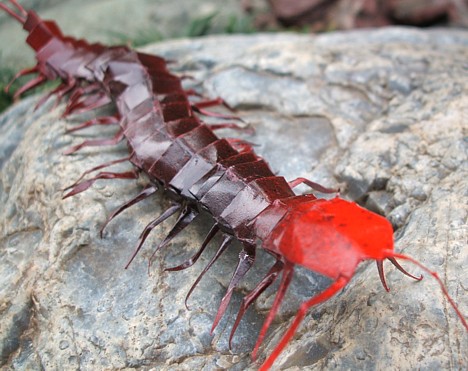
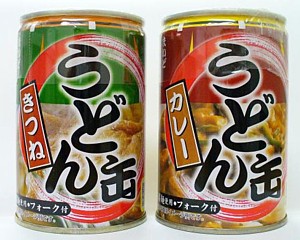 Following the success of its vending machine ramen, foodstuff producer
Following the success of its vending machine ramen, foodstuff producer 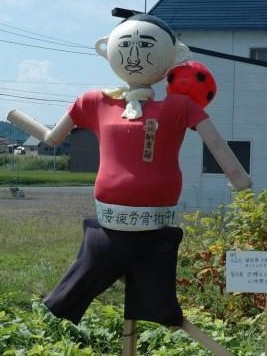 While frightening the birds away, about 60 scarecrows along a stretch of the Route 280 Bypass in Aomori are attracting the attention of passing motorists.
While frightening the birds away, about 60 scarecrows along a stretch of the Route 280 Bypass in Aomori are attracting the attention of passing motorists. 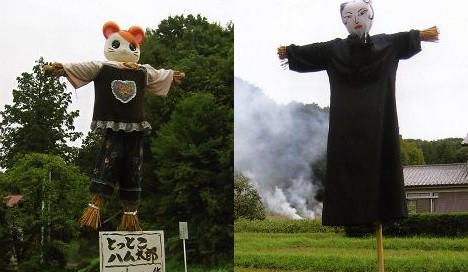
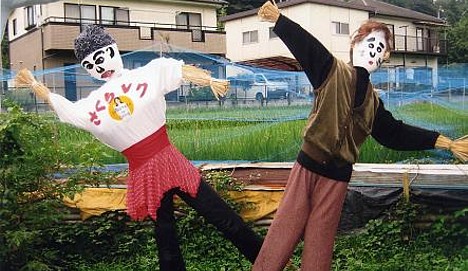
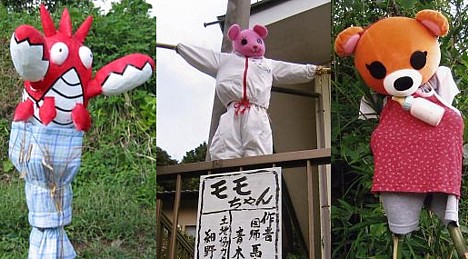
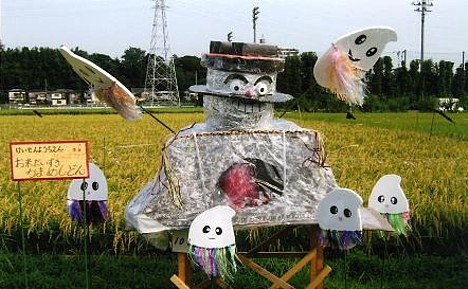
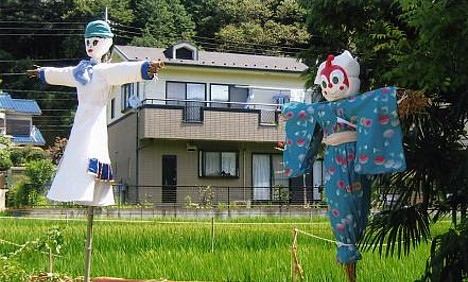
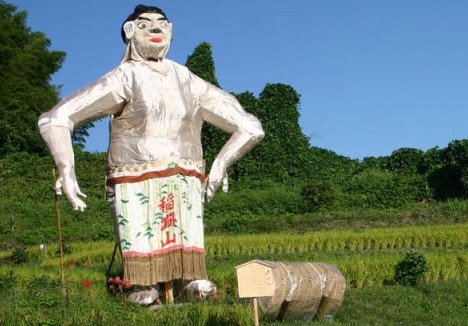
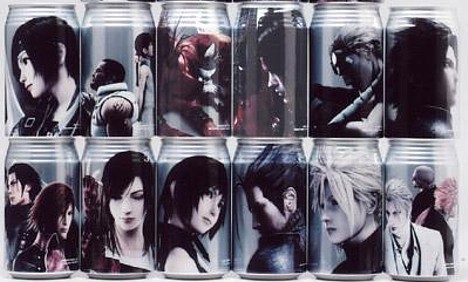
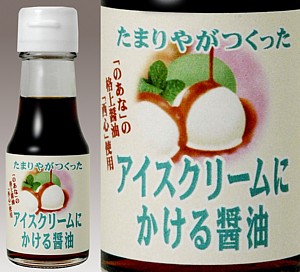 Since early this year,
Since early this year, 